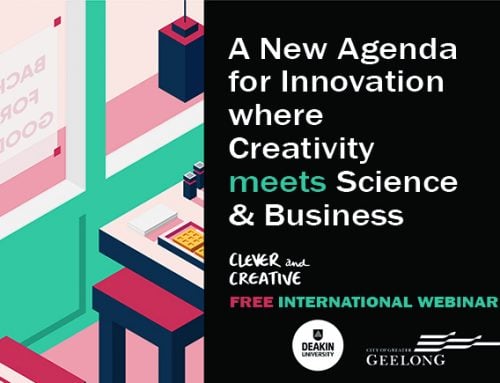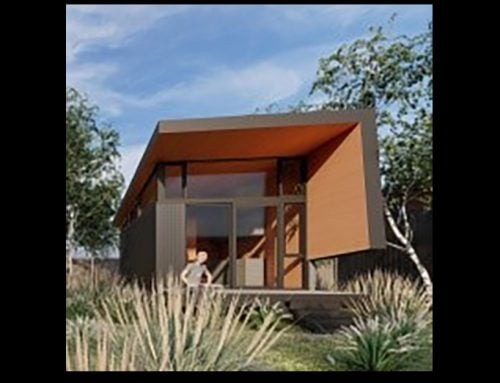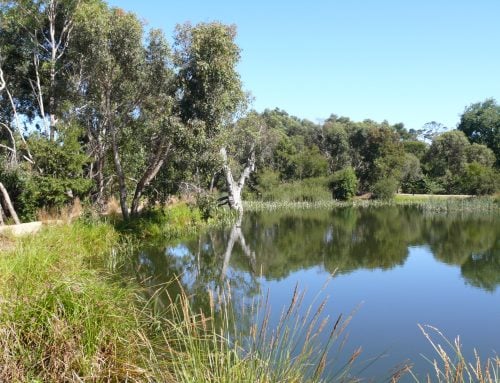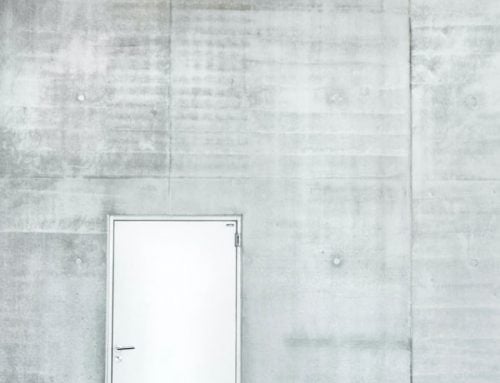First results from a pilot project investigating student’s preferred study spaces at the Deakin Waterfront Campus in Geelong, Australia.
Combining expertise from the disciplines of architectural design, architectural science and psychology, and using an integral approach to frame the project, the ‘inhabitants’ research team gained insights about how individual experiences, background cultural narratives, indoor/outdoor environmental conditions and spatial architectural order contribute to shaping student’s preferences for a study space.
The integral approach was useful to identify collective preference patterns as well as deviations from these and to understand why they occur. The results indicate that:
- Preferences which were shared among study participants such as the microclimate at the location and the spatial balance of prospect and refuge were somewhat task dependent.
- Architectural design, furniture, past personal experiences, as well as comfort expectations and lifestyle contributed to the observed diversity of preferences.

Astrid Roetzel, Icons made by [vitaly-gorbachev, Freepik, Darius Dan, Those Icons, Smashicons, Vectors Market, neungstockr] from www.flaticon.com
The inhabitants research team was formed in 2018 to collaborate on the Deakin SEBE funded RGS project, ‘An Integral Sustainable Design approach to human inhabitation of architectural spaces’. A collaboration of Deakin researchers Dr. Astrid Roetzel, Dr. Akari Nakai Kidd and Dr. Abdul-Manan Sadick and Vanessa Whittem (School of Architecture and Built Environment), Dr. Anna Klas and Dr. Lucy Zinkiewicz (School of Psychology) with Integral Sustainable Design expert Prof. Mark DeKay (College of Architecture + Design, University of Tennessee, Knoxville, USA).
The research team would like to acknowledge Dr Lucy Zinkiewicz, friend and colleague, particularly her contribution to this project. Lucy was essential in bringing this multidisciplinary research together and played a great role in both conceptualising the project at its early stages as well as collecting the data. Unfortunately, Lucy passed away suddenly in mid-2018 and therefore is unable to see the completion of this project. We therefore dedicate the first journal paper in her honour.





